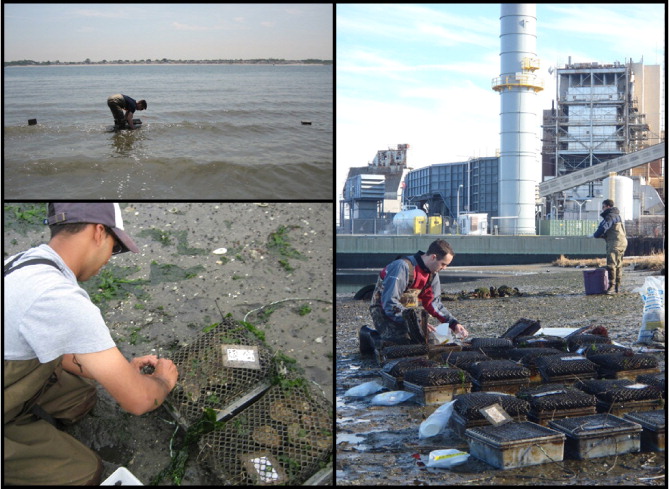Asian oyster idea nixed for Chesapeake
The state governments of Maryland and Virginia, along with the Army Corps of Engineers, announced yesterday that Asian oysters will not be allowed in the Chesapeake bay. The decision capped a five-year study on the nonnative oyster to assess its potential to replace the rapidly diminishing native Eastern oyster, Crassostrea virginica. The decision ultimately came down to the Army Corps…
